On 11 October 2022, Singapore’s favourite travel location Japan, finally opened their borders to all foreigners after being closed since early 2020. 19-year-olds Erin Wong and Natasha Koh took this opportunity to go on an adventure of a lifetime.
Erin was waiting to enter university while Natasha was planning a holiday for her semester break. Early in the planning process, they intended to visit their friend studying in Scotland. However, they quickly discovered the exorbitant $2400 plane tickets and changed course. Looking to travel to colder destinations, the girls had considered travelling to Korea. In the end, flights to Japan proved to be the most affordable at about $550.
This trip was also not their first time travelling abroad without their parents! They had previously travelled to Malaysia but this trip came with new challenges. Erin said, “In Malaysia, we took Grab so it was okay, but this time I had to take the train and the bus, it was fully public transport so I think it was a bit scary.”
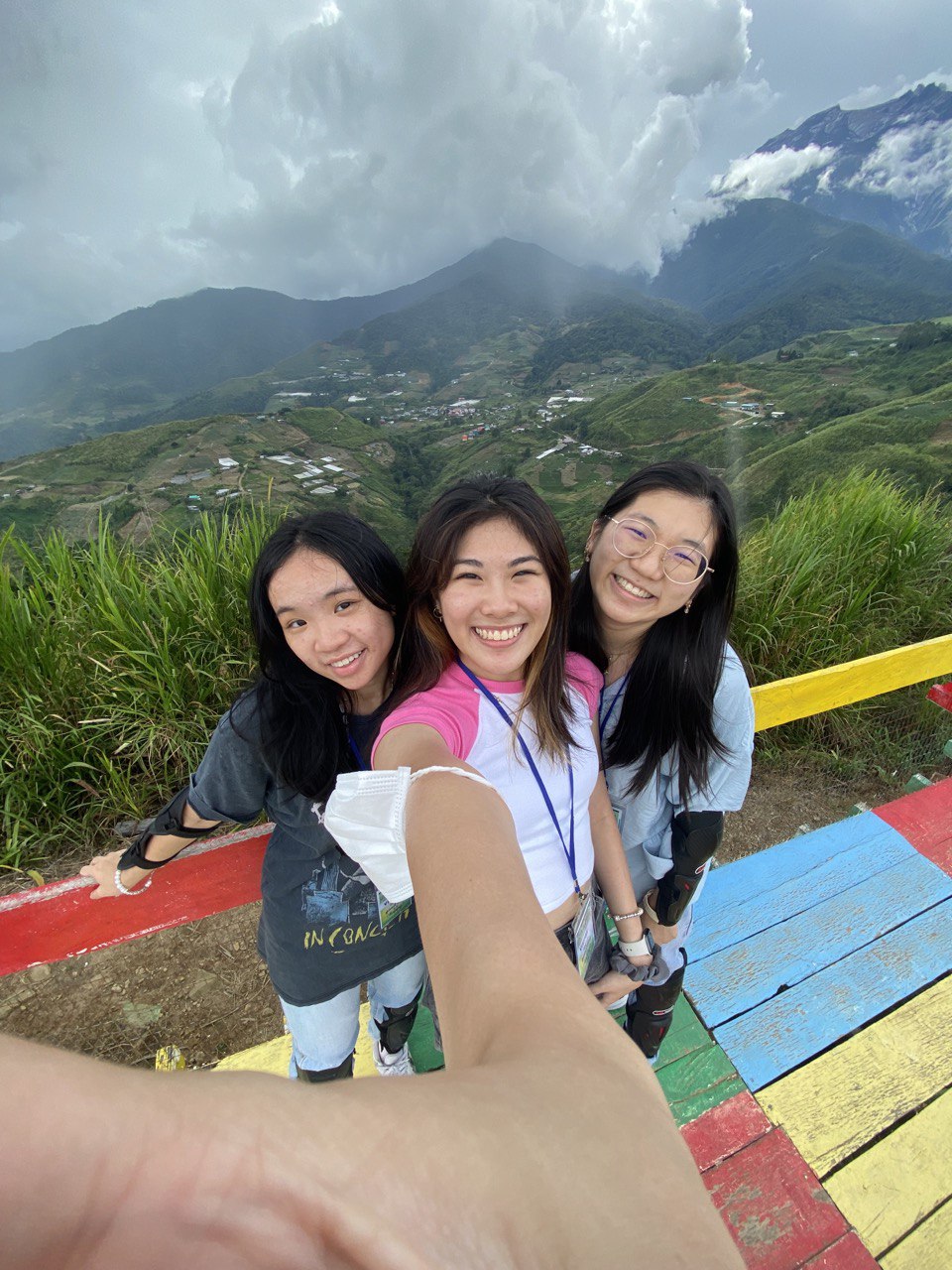
This trip truly opened Erin’s eyes to the world. She said, “it really taught me how to be independent.”
The Itinerary
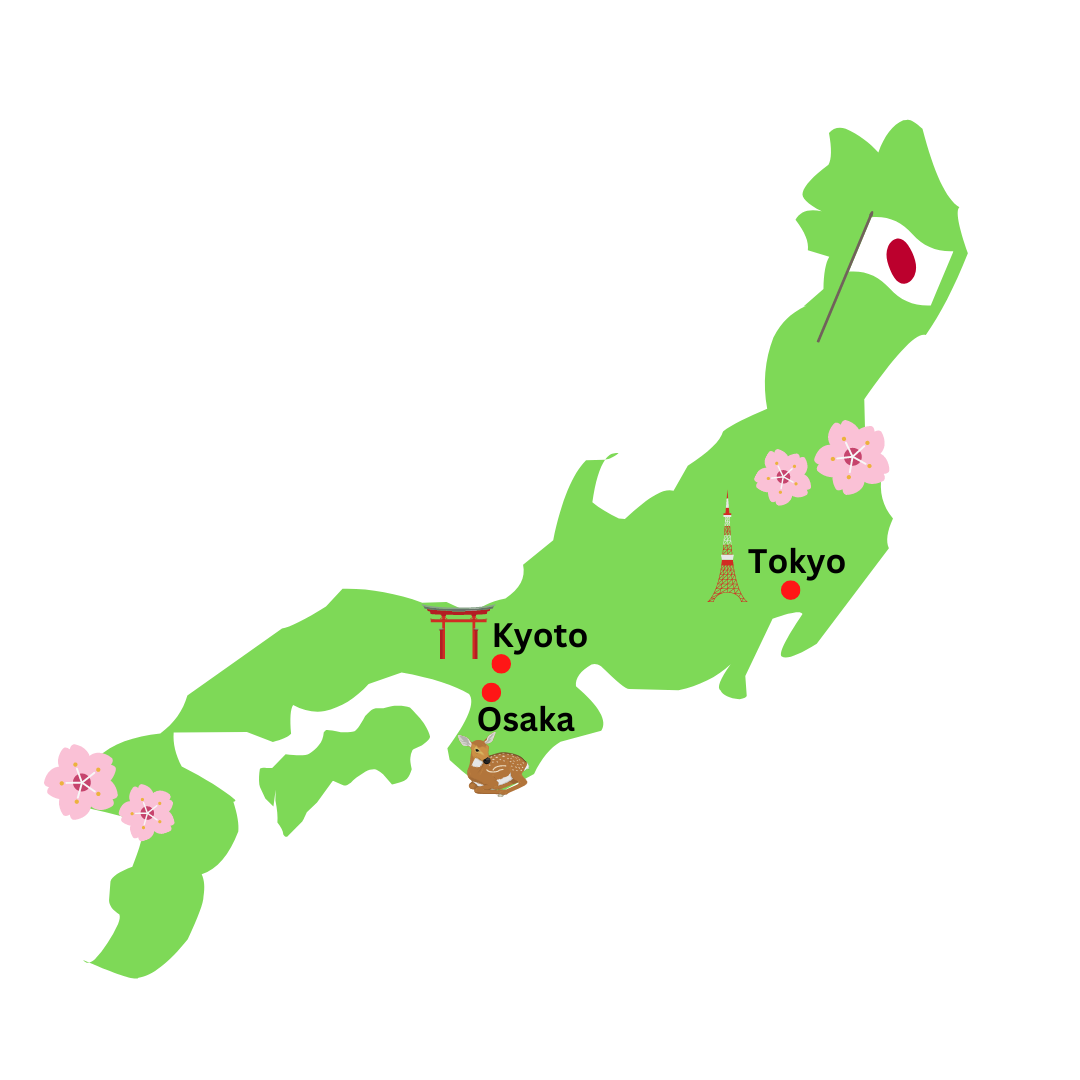
After arriving in Tokyo, they took the Shinkansen, a network of high-speed railway lines in Japan connecting distant regions, to Kyoto.
For the next five days, they based themselves in Kyoto and took day trips to nearby Osaka, and visited famous attractions such as Nara Park where over a thousand deer roam freely. The rest of their trip was spent exploring Tokyo city.
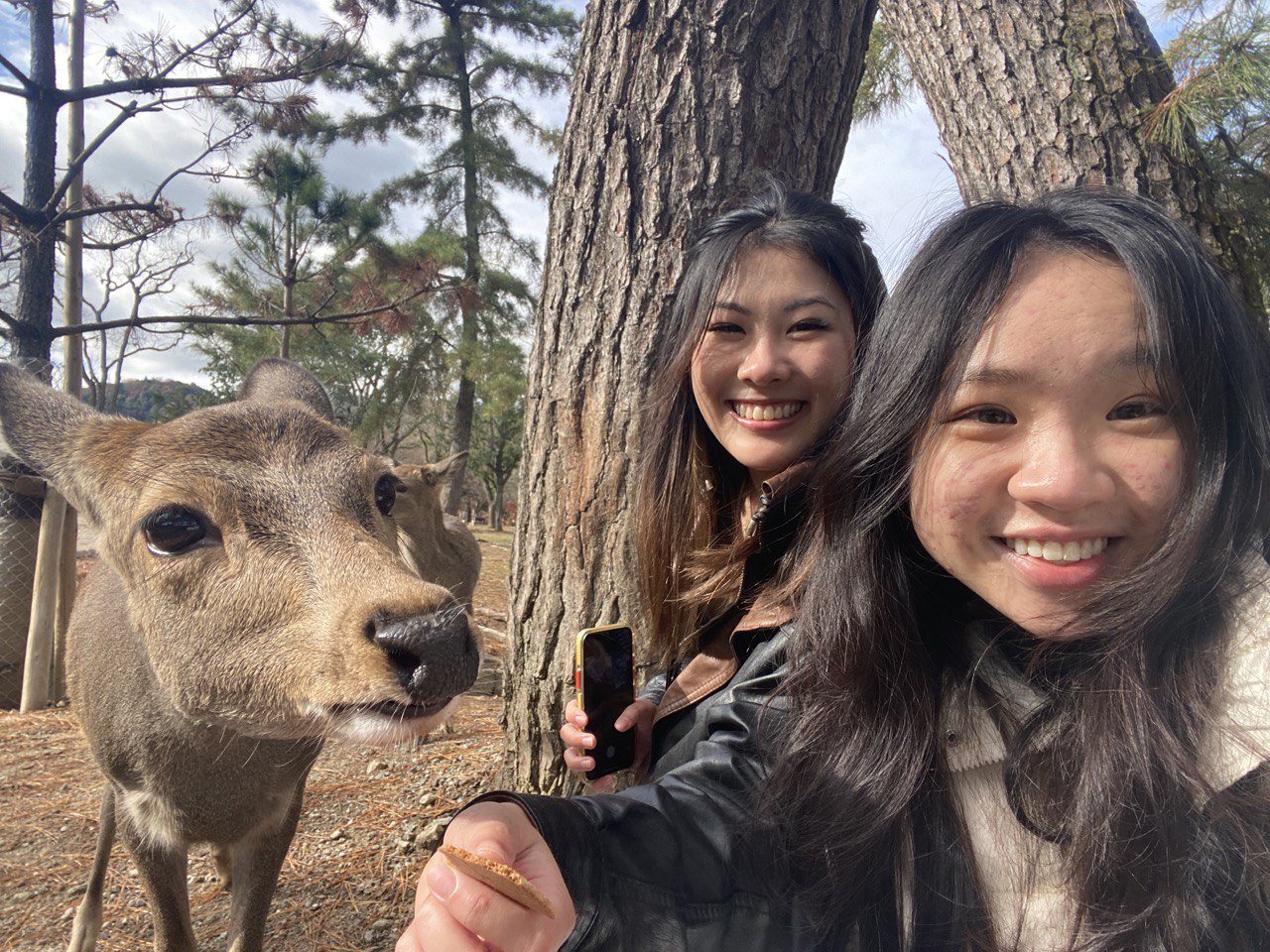
Their itinerary is based on recommendations, Erin asked her manager from work for ideas while Natasha took inspiration from her boyfriend’s past itinerary.
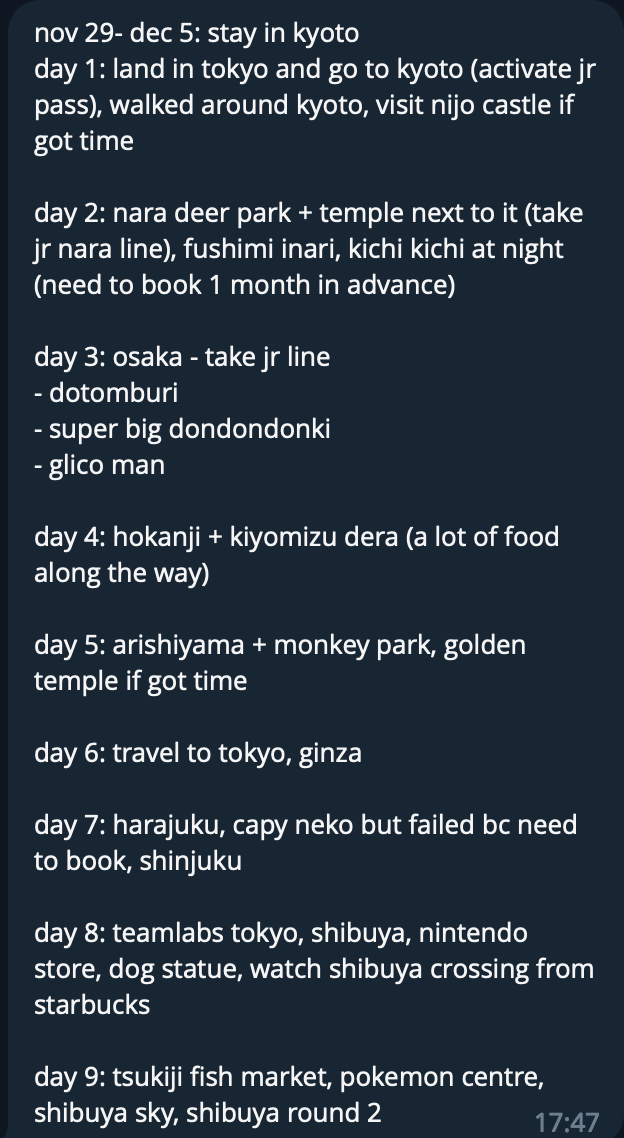
As for budgeting, they did not keep a detailed budget. Instead, they used an overview to plan roughly how much they’ll spend for different categories of expenditure: accommodation, transportation, admission fees, plane tickets, mobile data, shopping, and food. They also used Splitwise to track their spending.
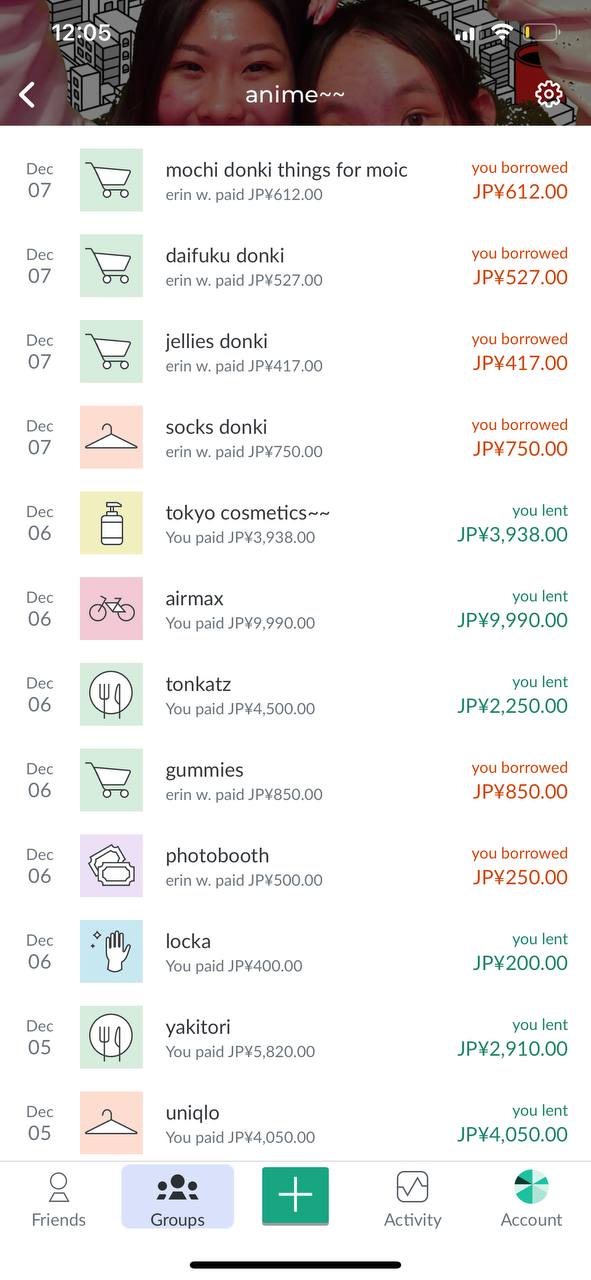
and who paid first. Screenshot credit: Natasha Koh

and who paid first. Screenshot credit: Natasha Koh
Building trust with your parents
Seeing as many of us are still living under our parent’s roof, before going on any overseas trip, it’s good to have your parents’ permission.
Erin demonstrated responsibility and independence by consistently caring for her mother in their past travels and Natasha safely went on trips with friends closer to home. Although the girls confess that they do not have the strictest parents, they gave them their word that they will remain contactable throughout the trip.
“We told them our main itinerary and in between we updated them along the way… Everywhere we went we would send photos to our parents,” said Erin. They also bought snacks and souvenirs for their family to show them that even in Japan they are not forgotten!
Planning the adventure
At the planning stages of their trip, they needed to figure out how to move around Japan. Erin looked into the Japan Rail pass but was sceptical as it is expensive, costing $300 on average. Turns out this pass grants visitors unlimited access to the majority of Japan Rail’s railways and buses across the country for the duration of their pass. It’s an invaluable resource that should be purchased ahead of time for better prices.
They bought a seven-day pass from Klook at $230 from Klook Travel Fest 2022. “To get from Tokyo to Kyoto and Osaka, we really needed [the pass].” said Erin.
However, for navigation within cities they used Icoca which is like an EZ link card. Natasha said that bus fares within cities were quite expensive. Bus fares cost around $2.30, flat rate, regardless of the number of stops. They spent around $8 each everyday.
The girls had to fund this entirely by themselves. So, Erin used the Staffie application to find server jobs to earn money and ate mostly hawker food to save money. And working as a bartender at the Museum of Ice Cream gave Natasha enough money to save up for the adventure. Overall, they spent about $2000 each on the trip.
Bumps along the way
“We were very unsure of how the transport system worked. We had to exchange the Japan Rail pass at the airport and then we had to change [train] lines many times,” Natasha said. Learning how to problem-solve in a foreign land was a big part of this adventure.
Erin said, “We actually missed one stop [on the way to Kyoto].” Unlike Singapore, when you miss a stop, you cannot simply get off the train and walk across the platform to take the next train back to your desired station. On the Shinkansen, trains stop at different stations depending on whether they are fast, semi-fast, or local trains. Erin said they spent an hour more than expected navigating the Japanese railway system to reach their destination.
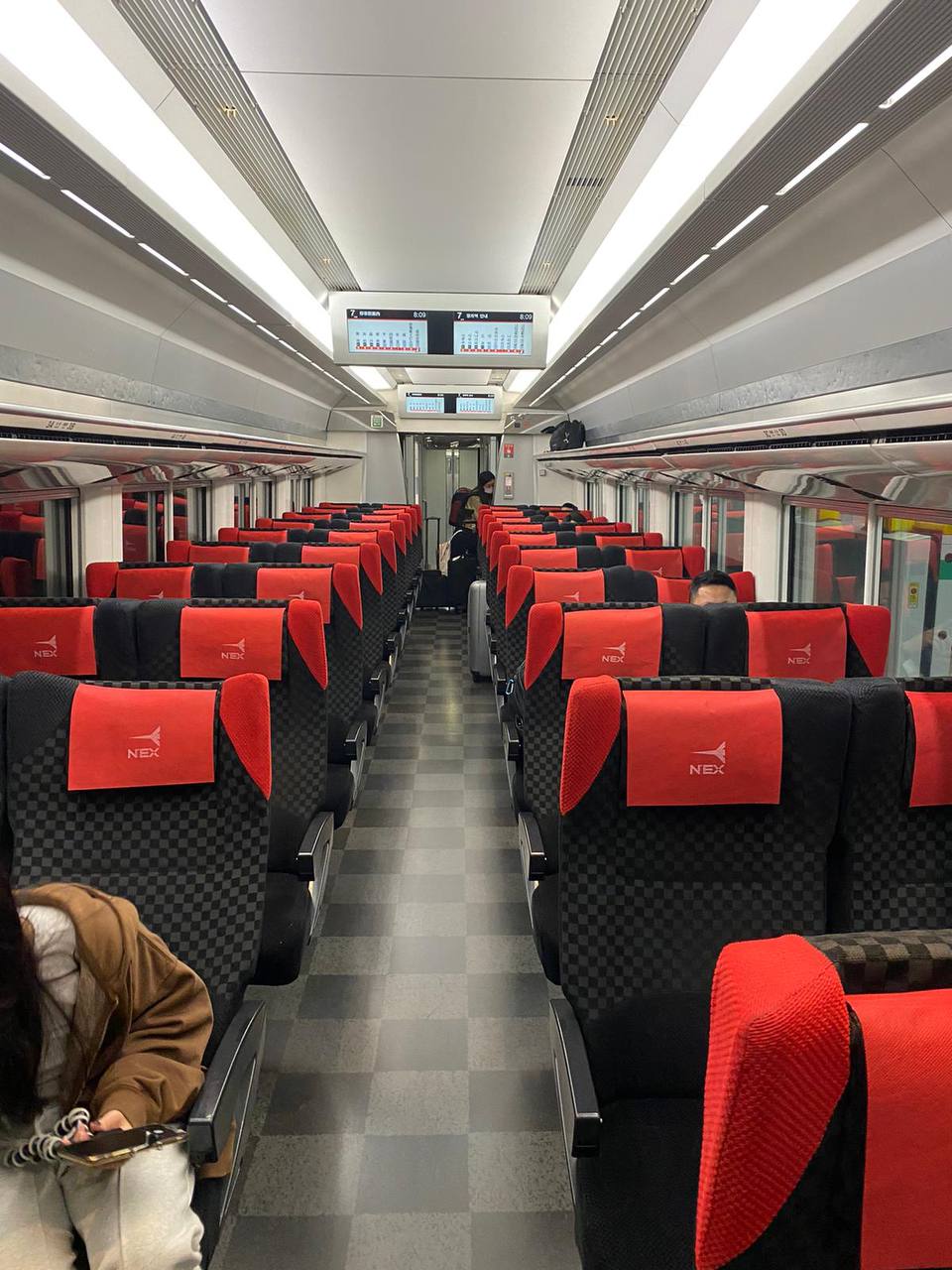
are comfortable with great leg room. Photo credit: Erin Wong
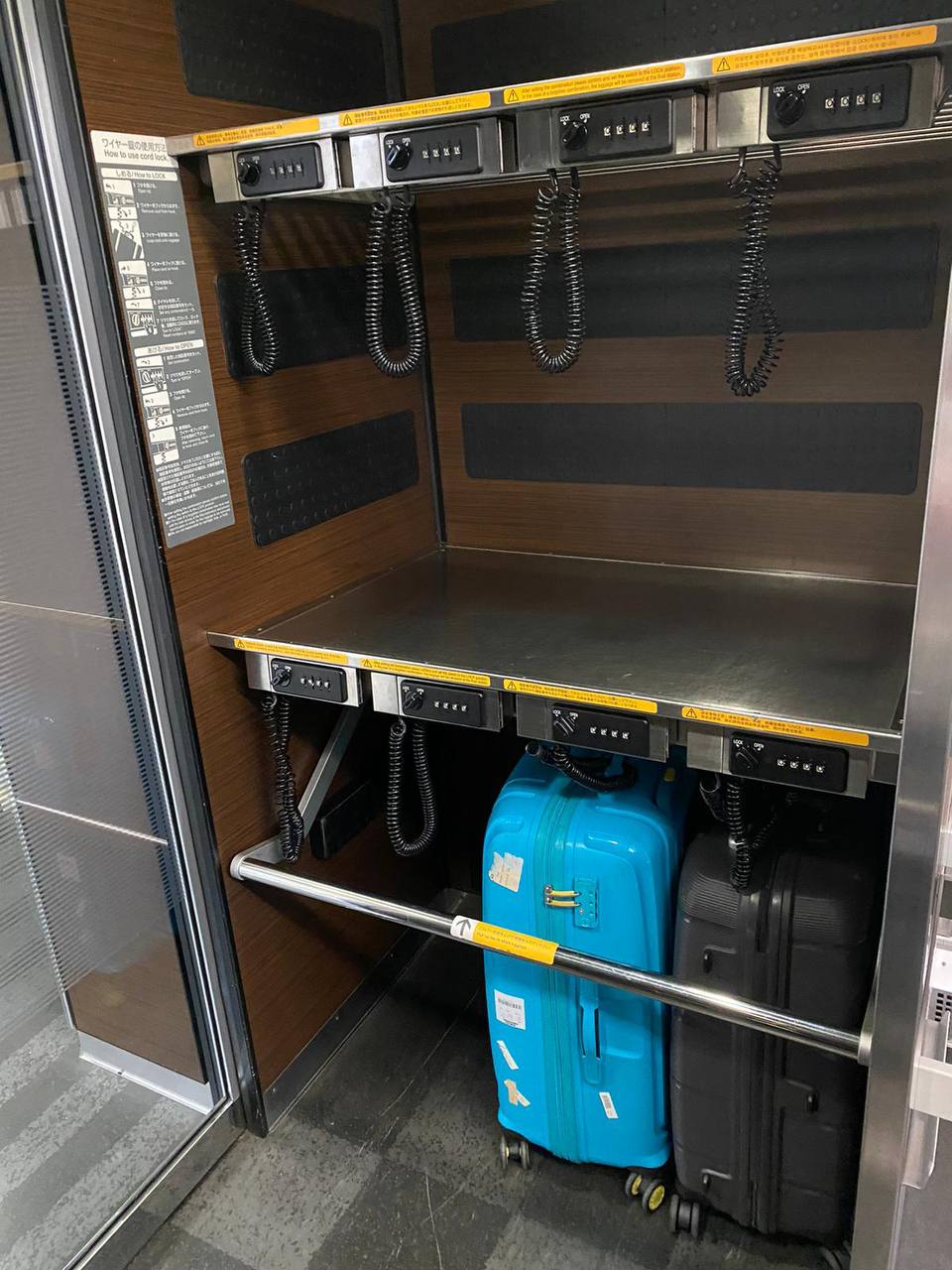
Photo credit: Erin Wong
Other than the navigation issues, on the third night Natasha began to develop a stomach ache. While visiting Kiyomizudera Temple, she recalled having no appetite, “I ate two bites of everything and Erin happily finished my food for me.”
While visiting Arashiyama, a serene sightseeing area in Kyoto, they planned for many fun sightseeing locations like Iwatayama Monkey Park which can only be accessed by climbing a small mountain. Since Natasha had not recovered, they had to adapt and change their plans.
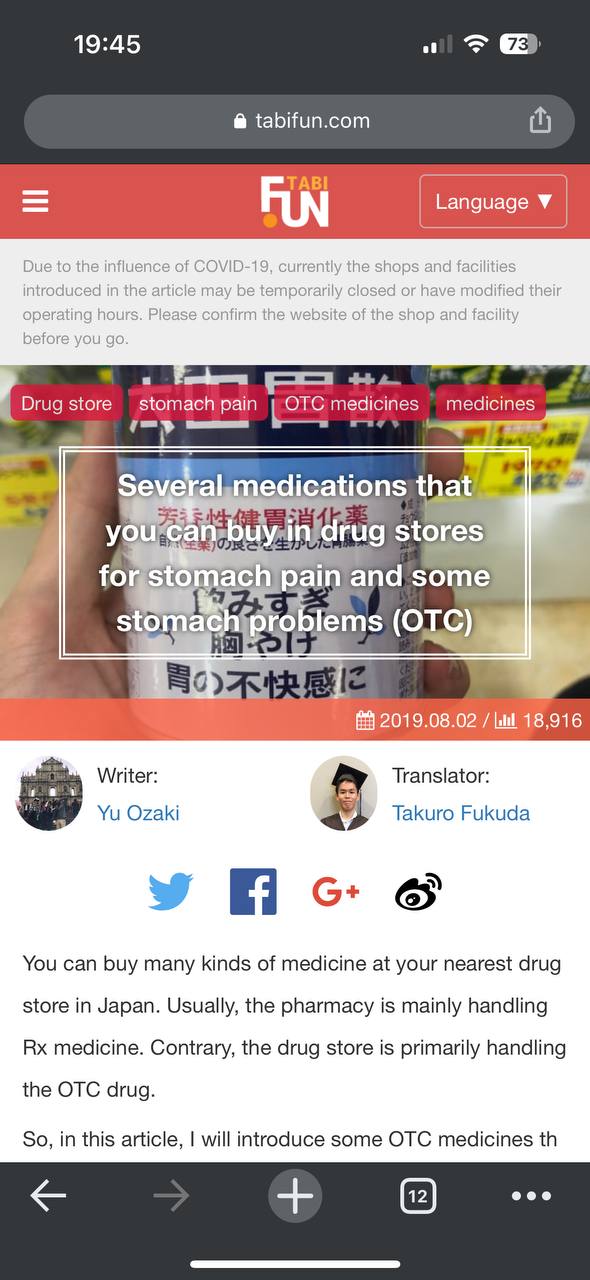
A quick search online can help you find the medication you need. Screenshot credit: Natasha Koh
Finding the correct medication to buy was a struggle, Natasha said, “I had to Google Translate and search up ‘good japanese medicine for stomach pain’, thankfully I recovered the next day.”
They made a trip to a Japanese drugstore to buy some medication for Natasha and ordered food delivery using Uber Eats for dinner that night. The delivery was really cheap at 50 cents to a dollar.
Travel is much easier with access to current technology. In the past, people travelled to see, do, and eat new things, but not many would even think of ordering delivery in a foreign country. Maybe you could consider exploring food delivery on your own trip!
Trip highlights
Erin’s biggest highlight from the trip was their visit to Kichi Kichi, a famous restaurant that serves omurice, Japanese omelette rice. She recounted, “When I was in secondary school, I watched this Buzzfeed YouTube video of this guy who went to Japan to learn how to make omurice from Kichi Kichi… It’s something you cannot find in Singapore and I was very intrigued… I found out it was in Kyoto and it was quite near our hotel… but you need to book one month in advance.”
Due to Kichi Kichi’s popularity and small seating capacity, the restaurant runs solely by reservations. The eight counter seats can be booked on a weekly basis up to a month in advance. “We were very lucky,” said Natasha. The friends found out about the booking system just in time, the day before the one-month mark where the bookings open.
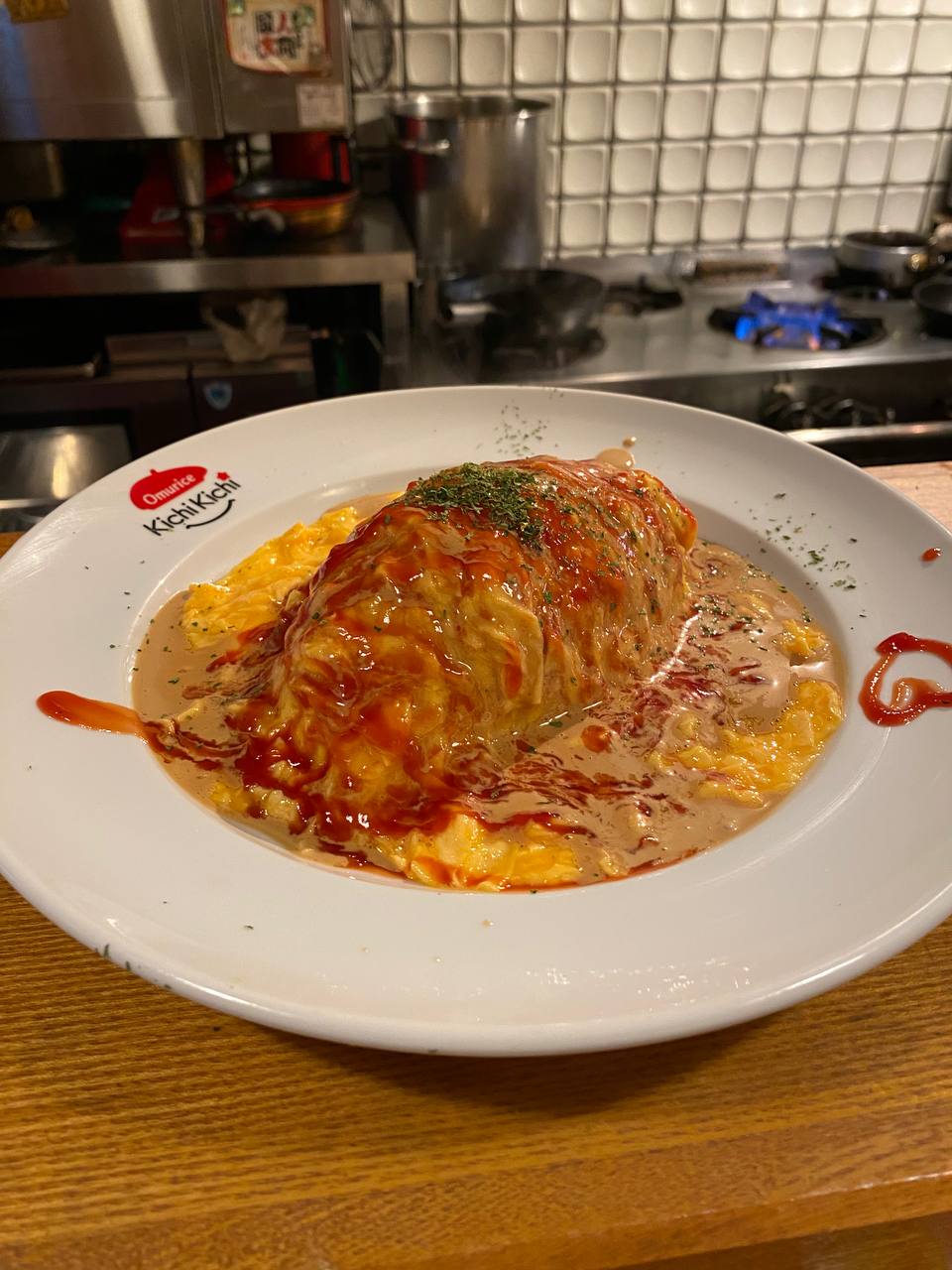
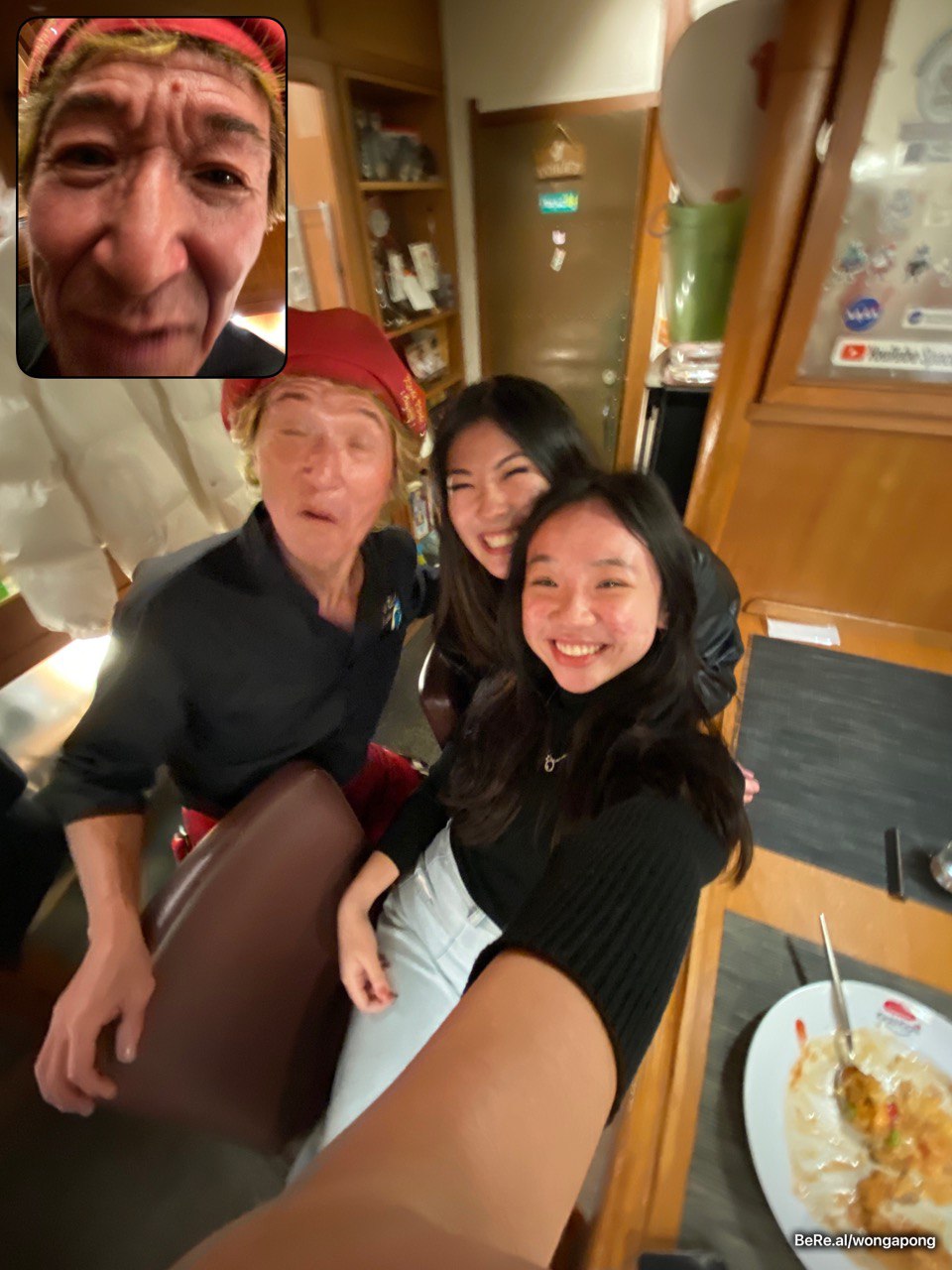
One omurice goes for about $30 but it includes an hour-long entertainment experience. Chef Motokichi personally cooks for every customer while singing and dancing through the process. The girls rated their experience an ‘11 out of 10’.
Travel tips
“Without the Internet we would have been lost. And when we went to shop at places like Don Don Donki, we could Google for recommendations. Because everything is in Japanese and there’s so much variety,” Natasha reflected. Some applications that were useful were Google Maps for navigation as their maps are detailed and their travel routes are very effective. Google Translate was very helpful, especially the camera-to-text function.
Having Internet access allowed the girls to stay contactable, use Google Maps for navigation and the option to Google for solutions whenever they ran into problems. Natasha highly recommends buying e-SIMs from Shopee, it was stable throughout and it cost $12 for 1GB a day for 10 days.
The girls emphasised the importance of researching the cultural and COVID-19 rules. This made sure that they weren’t breaking any rules and being respectful. Also, Natasha found it helpful to ask questions she said, “We just went up to the staff and asked when we didn’t know, most of the staff can speak fluent English and even when they can’t speak English, they would try to understand you.”
Safety is of utmost importance. Although Japan is considered a safe country, “travelling as a group is always safer,” said Erin. They made sure never to walk alone and did not go out late at night. Sticking to main roads and avoiding alleys is another practical way to avoid danger.
Summing it up
Despite the brief illness, language barrier and confusing train system, Natasha found the adventure to be exciting and an experience she “want[s] to live through again.”
Proofread by: Danial Roslan and Kimberley Caleon
